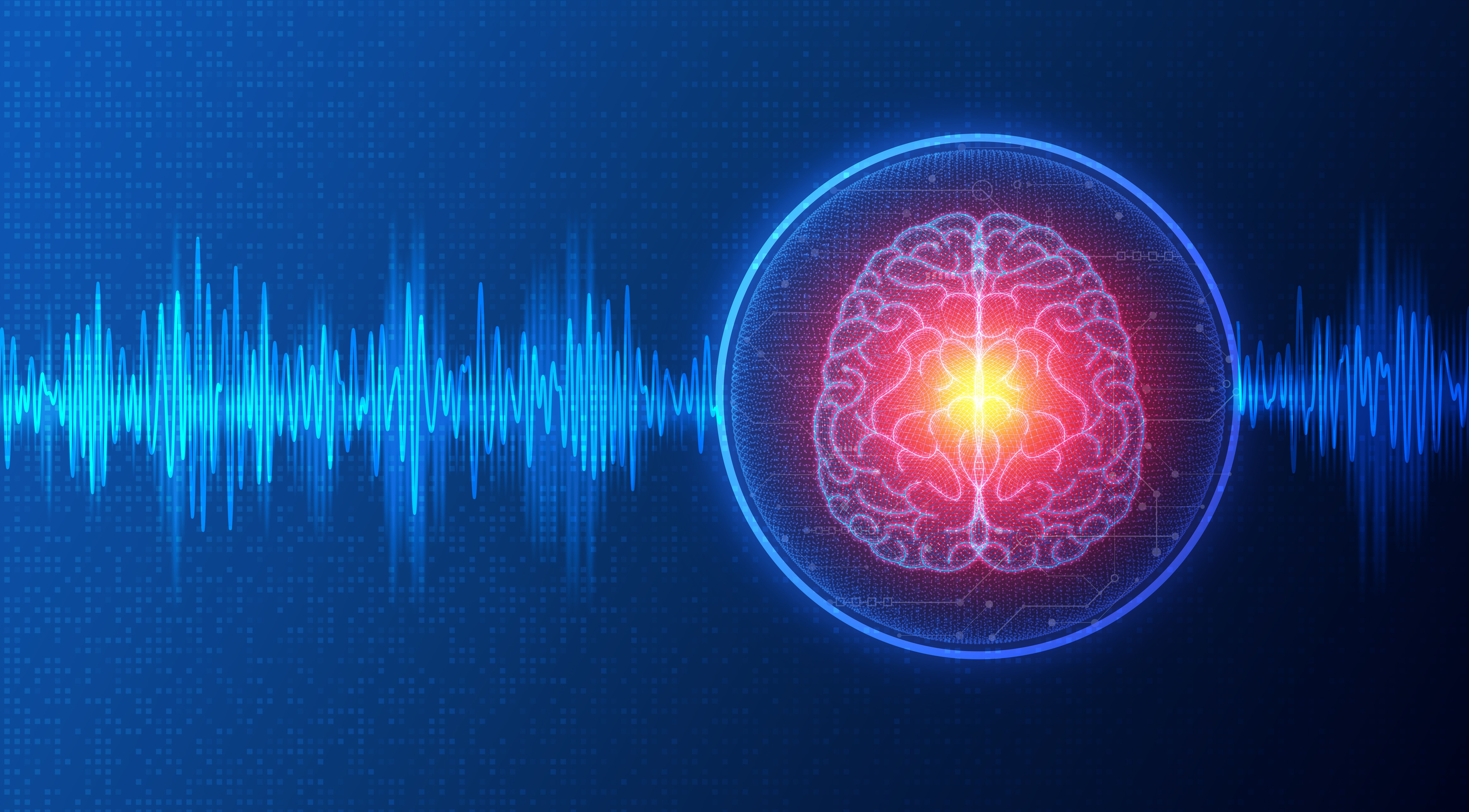NeuroStar TMS and the Future of MDD Treatment for Adolescents
What does the recent FDA clearance of this treatment for adolescents mean for the future of MDD treatment?
ArtemisDiana_AdobeStock

CLINICAL CONVERSATIONS
NeuroStar transcranial magnetic stimulation (TMS) was cleared by the US Food and Drug Administration (FDA) for the treatment of major depressive disorder (MDD) in adolescents in March 2024.1 Psychiatric Times® spoke with Kenneth Pages, MD, medical director of TMS of South Tampa, about the treatment and what its FDA clearance for adolescents means for the future of MDD treatment.
Psychiatric Times: With the recent FDA clearance for NeuroStar Advanced Therapy as an adjunct for treating MDD in adolescents, what are your initial insights into how TMS might reshape the treatment landscape for depression in this younger age group?
Kenneth Pages: When I consider treatment options for depressed youth and adults, available treatments for adolescents are severely limited. In this patient population, for which there has not been a new treatment option in years, this is a real opportunity to improve treatment availability and outcomes. This is particularly because NeuroStar TMS is approved as a first-line treatment in conjunction with other interventions—like talk therapy or medication.
As the first and only TMS therapy approved for adolescents aged 15 to 21 with MDD, NeuroStar is poised to have a meaningful impact on the depression treatment landscape for young people in a way we have not seen before.
There is also the issue of acceptability or palatability of the treatment. It is my impression from working with this age group that both they and their parents are comfortable and welcoming of a non-drug therapy once they have been provided with education about it.
PT: Research shows that there was a surge in depression among adolescents during the COVID-19 pandemic.2 How do you envision NeuroStar TMS therapy contributing to addressing this growing mental health concern, especially considering the limited treatment options currently available for adolescents?
Pages: There is no doubt we have seen a sharp rise in reported rates of depression in young adults, particularly since the COVID-19 pandemic. One in 5 adolescents experience a depressive episode each year.3 Having another tool to help fight this youth mental health crisis is critical, especially as there are so few approved treatments available. Enabling adolescents (age 15 and up), and their families, to try NeuroStar earlier in their depression journey means we can give a known safe, effective treatment to those in real need.
Unfortunately, it did not start with COVID. The risk to adolescents and young adults in the form of social media and smartphone use started in 2010 or so. In addition to treatments addressing the sequelae of these, we have to start determining policies and pre-morbid interventions.
PT: The real-world data analysis from NeuroStar's TrakStar platform indicated that 78% of adolescents experienced clinically meaningful improvement in depression severity with NeuroStar TMS therapy.1 How do these response rates compare with what you anticipated, and what implications do they hold for incorporating TMS into treatment plans for adolescent MDD?
Pages: These response rates are consistent with what I see in my own practice, where I have personally seen NeuroStar treatment make a difference in the lives of many young adults. It also confirms what we already know: that NeuroStar has been a reliable, effective treatment for years. I am pleased with the FDA’s indication. As a first-line adjunct therapy, this means we can incorporate NeuroStar into MDD treatment plans quite early in conjunction with other modalities and continue to get these teens the care they deserve.
PT: The FDA clearance for treating adolescents is said to have expanded the market for MDD treatment by 35%.1 What do you foresee as the primary challenges and opportunities in implementing TMS therapy within clinical practice for adolescent patients? How can clinicians ensure its safe and effective utilization within this demographic?
Pages: Patients and clinicians alike will be excited about NeuroStar, as this is a huge opportunity to help a patient population that has historically been left with few options. With the first-line adjunct indication, providers can readily implement this first-in-class non-drug TMS therapy into the treatment plan of adolescents aged 15 and up.
The FDA clearance reinforces the data and analysis that NeuroStar is safe and effective for this population. The FDA clearance lends credence to our recommendations in office.
I look forward to the payor system working quickly to reflect the FDA’s guidance and indication. I think they will—this is not 2013. Insurance companies have well over 10 years of internal data suggesting the efficacy of TMS. The consistent reduction of barriers to treatment in terms of authorizations suggests they see it is working.
Dr Pages is medical director of TMS of South Tampa.
References
1. O’Brien E. FDA approves NeuroStar TMS for treatment of MDD in adolescents. Psychiatric Times. March 27, 2024. Accessed April 15, 2024. https://www.psychiatrictimes.com/view/fda-approves-neurostar-tms-for-treatment-of-mdd-in-adolescents
2. Lake J. COVID-19 and mental health: global consequences and CAM approaches. Psychiatric Times. October 24, 2022. Accessed April 15, 2024. https://www.psychiatrictimes.com/view/covid-19-and-mental-health-global-consequences-and-cam-approaches
3. Panchal N. Recent trends in mental health and substance use concerns among adolescents. KFF. February 6, 2024. Accessed April 15, 2024. https://www.kff.org/mental-health/issue-brief/recent-trends-in-mental-health-and-substance-use-concerns-among-adolescents/
